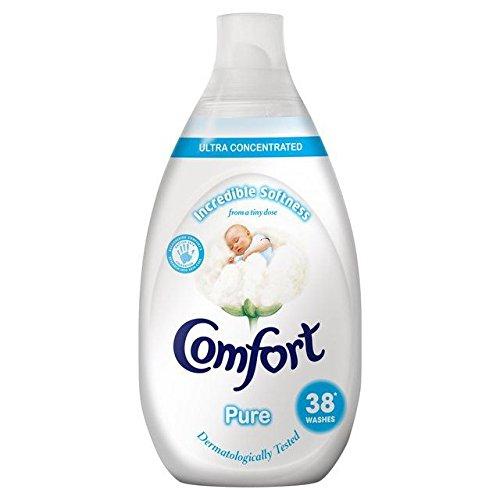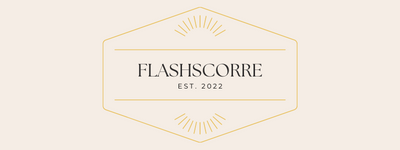In the world of bedding, where comfort meets style, the phrase “thread count” frequently enough reigns supreme in the conversations around fabric quality. Yet, amidst this numeric obsession lies a deeper debate that could shape your sleep experience: Sateen versus Percale. While the allure of a high thread count can be tempting, the choice between these two popular weaves is about more than just numbers. It’s a clash of texture, breathability, and durability, each offering its own unique charm and functionality. Join us as we unravel the intricacies of sateen and percale, delving into the qualities that make each one a distinctive contender in creating your ideal sanctuary of rest. Whether you’re a cold-sleeper seeking crispness or someone who craves the silky softness of luxury, this guide aims to illuminate the great thread count debate and help you make an informed decision for your next bedding purchase.
Understanding the Basics of Sateen and Percale Fabrics
Sateen and percale are two popular types of cotton weave that offer distinct characteristics and benefits, making them suitable for different preferences when it comes to bedding. **Sateen** is known for its luxurious, silky feel and a lustrous sheen that adds an elegant touch to any bedroom. This fabric is created using a weave pattern that places more threads on the surface,resulting in a soft and smooth texture. Though, this high thread count can make sateen more susceptible to wrinkling, so it’s essential to keep that in mind if you desire low-maintenance bedding.
On the other hand, **percale** is celebrated for its crisp, breathable quality and matte finish, making it an excellent choice for those who prefer a cool and fresh feel while they sleep. This fabric features a tighter weave with a balanced thread count, leading to durability and a subtle texture that softens over time. Percale sheets tend to maintain their shape and are less prone to wrinkling compared to sateen, making them a practical option for everyday use. When choosing between these two fabrics, consider whether you prioritize a sumptuous, soft drape or a fresh, durable feel in your bedding experience.

Unpacking Thread Count: Quality Over Quantity
The concept of thread count often leads to a common misconception that higher numbers always equate to better quality. In reality, thread count is just one aspect of fabric quality. A higher thread count can suggest a finer weave,but it doesn’t necessarily mean the fabric is softer or more durable. As a notable example, a well-crafted 400-thread-count sateen sheet can provide a luxurious feel, whereas a poorly made 800-thread-count sheet can wear out quickly. Quality materials, weaving techniques, and the type of cotton used are critical components that can enhance or detract from the overall sleeping experience.
When examining the differences between fabrics like sateen and percale, it’s crucial to understand how each construction influences the feel and longevity of the sheets. Sateen typically features a four-over-one under weave, resulting in a softer, silkier touch with a subtle sheen, which many find appealing. Conversely, percale employs a one-over-one under structure, creating a matte finish and a crisp, breathable feel. both can be excellent choices, but personal preference should guide your decision. Hear’s a brief comparison:
| Aspect | Sateen | Percale |
|---|---|---|
| Weave Type | 4-over-1 | 1-over-1 |
| Feel | Smooth and soft | Crisp and cool |
| Durability | Less durable | More durable |
| Shine | Glossy finish | Matte finish |

Comfort and Care: Choosing the right Fabric for Your Needs
When it comes to sleep quality and comfort, the choice of fabric can make a significant difference. Sateen and percale are two popular options, each offering unique characteristics that cater to various preferences. **Sateen**, with its luxurious, silky finish, often feels more substantial and warmer against the skin. It is woven in a way that gives it a soft sheen, making it an appealing choice for those seeking a plush experience. On the other hand, **percale** boasts a crisp and breathable feel, perfect for individuals who prefer a lightweight and airy bedding option. The choice between these two fabrics can depend on personal comfort preferences and sleeping habits.
Additionally, maintenance and durability are crucial factors to consider. Both fabrics have different characteristics when it comes to how they wear over time. **Sateen** is generally more prone to wrinkling but can retain its softness after multiple washes, while **percale** may wrinkle less but can feel stiffer initially. To help you decide,here’s a rapid comparison:
| Feature | Sateen | Percale |
|---|---|---|
| Feel | Soft,silky | Crisp,cool |
| Durability | Moderately durable | Highly durable |
| Maintenance | Wrinkles easily | Less prone to wrinkles |
| ideal for | warm climates | Cool climates |

Eco-Friendly Options: Sustainable Practices in Bedding Choices
Concluding Remarks
In the world of bedding, where comfort meets craftsmanship, the discussion between sateen and percale extends far beyond mere thread counts. Both fabrics boast unique qualities that cater to different preferences, leading to the age-old debate: which one reigns supreme? As we’ve unraveled the nuances of each weave, it becomes clear that the perfect choice ultimately aligns with your personal sleeping style and aesthetic desires.
Whether you gravitate toward the luxurious sheen of sateen or the crisp, breathable embrace of percale, understanding these differences empowers you to make an informed decision. the best bedding is not defined solely by its thread count but by how it enhances your sleep experience. So,as you embark on your quest for the ideal sheets,remember that quality,feel,and personal preference are the true champions of comfort. Sweet dreams await—whichever side of the debate you choose!


